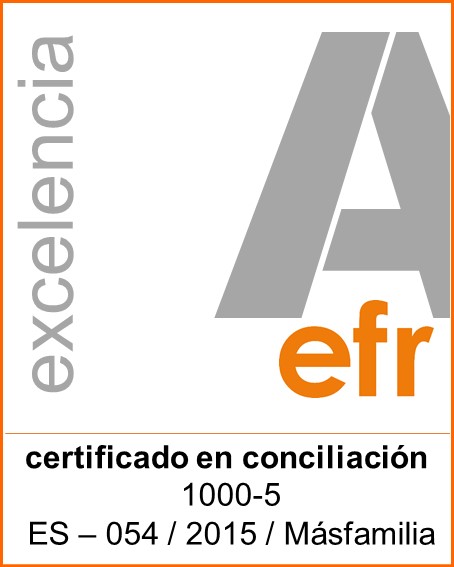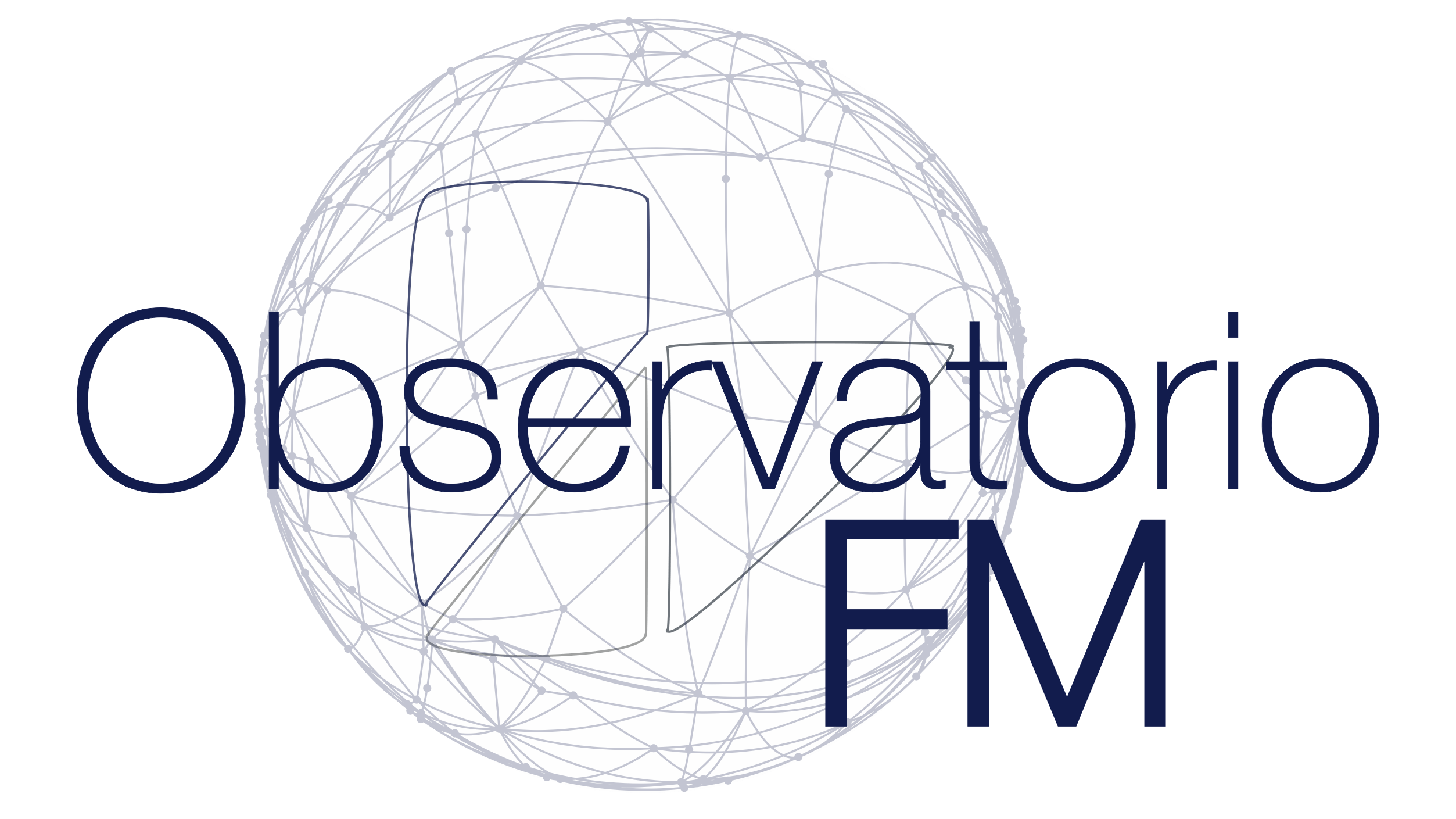Innovation is a blend of non-conformity and perfectionism, with a willingness to propose new ideas free from complexes. This attitude should be an integral part of the corporate culture and entails embracing new proposals and being open to change. The FM department plays a supportive role, and if the company it serves doesn’t have innovation in its DNA, innovating will not be easy, and it may even be risky.
Business Environment
When we talk about innovation, technology almost immediately comes to mind. It’s not an incorrect association; it’s just not the only path. Innovation involves implementing new approaches, methods, processes, and technologies, always with the goal of enhancing efficiency, productivity, or quality in the activities undertaken. In today’s market, innovation has become a crucial element for a company’s success. The ability to adapt and evolve is essential to maintain a high level of competitiveness.
Identifying opportunities for improvement and developing creative and original solutions to address existing challenges can make the difference between success and failure. It also means staying ahead of trends rather than waiting until it’s too late. This may involve introducing new practices and methodologies, redefining processes, implementing management tools, and, of course, adopting new emerging technologies as early as possible.
Barriers
“Innovation requires a corporate vision but also a personal attitude.”
Innovating is not easy, and various obstacles must be overcome to ensure effective implementation. The first and most significant obstacle is human nature. We tend to resist change. Many employees may be reluctant to abandon traditional methods they are accustomed to. In this regard, corporate culture and personal attitude play a crucial role. Creativity should be valued alongside risk acceptance, fostering and facilitating transitions to unlock the adoption of new ways of operating.
One of the major difficulties is not having clear objectives that justify embarking on transformation projects. The inability to provide a clear answer to “why are we doing this?” or “why are we getting involved in this mess?” creates an atmosphere of mistrust that hampers any change process. If this is combined with a lack of resources or budget, it creates the perfect recipe for failure. The icing on the cake is the fear of failure and an unwillingness to be flexible in adopting new ideas or technologies. Strong and committed leadership, with a strategic focus and a supportive culture, can help with implementation.
Recipe for Facility Management
“Innovating in FM is like warming up on the sidelines until it’s your turn to play. You can’t start preparing when they tell you to go onto the field; by then, it’s too late.”
The normal consequence of applying innovation is change, and if it’s not welcomed, it can lead to resistance. Corporate decisions are accepted by all departments, but support area initiatives don’t always fare as well. It’s necessary to weigh the impact of Facility Management proposals on end clients and determine how willing they are to accept changes. This is more critical for FM than having the necessary resources or planning.
All stakeholders involved should maintain an innovative spirit. The FM leadership must take a proactive stance in seeking and promoting new ways of operating. Service providers can work to automate repetitive tasks, improve data analysis, or, of course, adopt specialized software. In general, they will seek to streamline internal processes and focus on increasing user satisfaction. We, as consultants, also have an active role to play. Two years ago, we brought in an Innovation and Technology Director at FMHOUSE. Some people asked me what he would do, and the answer was simple: “If I knew, I would have hired someone else.” As a result, we have Bidder, a digital platform for service tenders based on Blockchain, real-time dashboards that tell us what’s happening in the company, a machine learning-based customer experience measurement engine, and some other things that will be coming out in the next few months. No one asked us to develop them; it was our own initiative. Some are already in use with clients, while others are for internal purposes. The idea was not to stand still, to keep improving, and to be ready when the call comes.
As we mentioned at the beginning of the article, the high-level management of the company is the one who first determines the importance and sets the guidelines and the right attitude to embrace innovation. From there, everyone should play their part in making it a reality.









